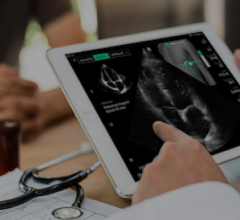
Figure 1. A high-fidelity 3-D tractography of the left ventricle heart muscle fibers of a mouse from Amsterdam Ph.D. researcher Gustav Strijkers.
June 7, 2019 — The Amsterdam University Medical Center has won MR Solutions’ Image of the Year 2019 award for the best molecular research image. Preclinical image submissions came in from most of MR Solutions’ users across the world. The winners, which were presented at the International Society for Magnetic Resonance in Medicine (ISMRM) conference, May 11-16 in Montreal, QC, Canada, were chosen by a panel of leading academics who examined images from magnetic resonance imaging (MRI), positron emission tomography (PET) or computed tomography (CT) – or a combination of imaging modalities.
The winning submission was carried out by Amsterdam Ph.D. researcher Gustav Strijkers. This technique was used in cardiac research to produce a high-fidelity 3-D tractography of the left ventricle heart muscle fibers of a mouse (figure 1). The exceptional quality and accuracy of the cardiomyopathy research significantly advances the preclinical imaging sector in the battle to better understand heart muscle disease and treatment.
The submission from Sydney Imaging Core Research Facility came a close second place for the high-quality MR abdominal image of a pregnant Sprague Dawley rat (figure 2). The resulting image showed multiple embryonic implants and was ranked for image clarity, research interpretation and understanding.
The third place submission by the Centre Georges François Leclerc centre in France was a PET-MR whole body image of an eight-week-old BALB/c mouse showing a CT26 xenograft tumor (figure 3). This displayed a clear breakdown of the metabolic, hypoxic and necrotic regions of the tumor. Additional axial images showed further localized information on the high and low uptake areas of 18F-FMISO using a 2T signal.
For more information: www.mrsolutions.com




 January 16, 2026
January 16, 2026 









